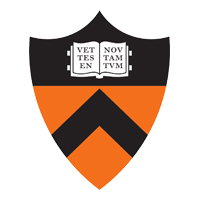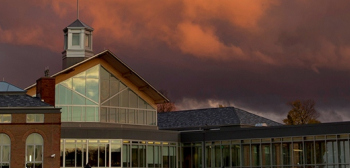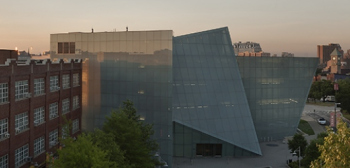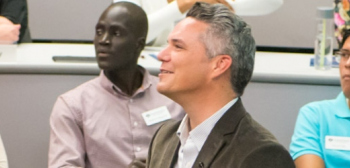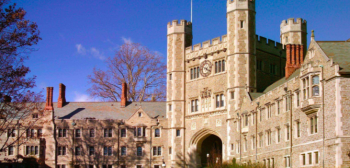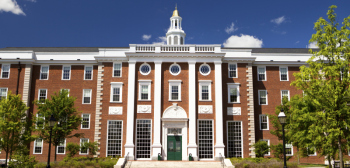普林斯顿大学
About
Princeton undergraduates follow a liberal arts curriculum that is big on breadth as well as depth. Students apply to the university as a whole, not to individual departments, programs or schools. Once enrolled, students may choose to pursue either the Bachelor of Arts or the Bachelor of Science in Engineering degree. Within each degree program, students can choose from 37 different concentrations and 53 interdepartmental certificate programs.
The first two years at Princeton sees bachelor’s students explore the curriculum, completing one or two courses in seven general areas. Bachelor’s students take a one-semester writing seminar and must also become proficient in a foreign language.
In the spring of the sophomore year, students choose a concentration, which becomes the focus of their junior and senior years. Students in the engineering program choose their concentration at the end of their first year, but are required to complete at least seven Princeton courses in the humanities and social sciences.
Princeton has a student to faculty ratio of 5:1, which encourages close engagement with undergraduate teaching. Another central principle of undergraduate teaching is the precept: small discussion groups that meet weekly to explore the topics from a course’s lectures and readings.
As an Ivy League university, only the most academically gifted get into Princeton. This is borne out in the statistics: only 6.1 percent of applicants were offered a place at Princeton for the class of 2021.
Applications are however mercifully straightforward. Candidates submit an online application either through the Common Application, Coalition Application or Universal College Application. With it, applicants also send the Princeton Supplement, which consists of short answer and essay questions, as well as an application fee. The school then requests an official school transcript and report, two teacher recommendations, a recommendation from a school counsellor, and mid-year school report.
There are also the standard requirements of SAT essay and subject tests, as well as additional English language requirements for those whose first language is not English.
Tuition, college fees, room and board for students in 2017-18 cost US$63,600 a year. Small beer it is not, but Princeton’s financial aid program is thankfully considerable. Princeton has a no-loans policy, which means loans are replaced with grant aid that students do not pay back – something that applies to international students too.
The average grant for the class of 2021 was just over $US50,000 and over 80 percent of recent seniors graduated debt free.
About
Princeton undergraduates follow a liberal arts curriculum that is big on breadth as well as depth. Students apply to the university as a whole, not to individual departments, programs or schools. Once enrolled, students may choose to pursue either the Bachelor of Arts or the Bachelor of Science in Engineering degree. Within each degree program, students can choose from 37 different concentrations and 53 interdepartmental certificate programs.
The first two years at Princeton sees bachelor’s students explore the curriculum, completing one or two courses in seven general areas. Bachelor’s students take a one-semester writing seminar and must also become proficient in a foreign language.
In the spring of the sophomore year, students choose a concentration, which becomes the focus of their junior and senior years. Students in the engineering program choose their concentration at the end of their first year, but are required to complete at least seven Princeton courses in the humanities and social sciences.
Princeton has a student to faculty ratio of 5:1, which encourages close engagement with undergraduate teaching. Another central principle of undergraduate teaching is the precept: small discussion groups that meet weekly to explore the topics from a course’s lectures and readings.
As an Ivy League university, only the most academically gifted get into Princeton. This is borne out in the statistics: only 6.1 percent of applicants were offered a place at Princeton for the class of 2021.
Applications are however mercifully straightforward. Candidates submit an online application either through the Common Application, Coalition Application or Universal College Application. With it, applicants also send the Princeton Supplement, which consists of short answer and essay questions, as well as an application fee. The school then requests an official school transcript and report, two teacher recommendations, a recommendation from a school counsellor, and mid-year school report.
There are also the standard requirements of SAT essay and subject tests, as well as additional English language requirements for those whose first language is not English.
Tuition, college fees, room and board for students in 2017-18 cost US$63,600 a year. Small beer it is not, but Princeton’s financial aid program is thankfully considerable. Princeton has a no-loans policy, which means loans are replaced with grant aid that students do not pay back – something that applies to international students too.
The average grant for the class of 2021 was just over $US50,000 and over 80 percent of recent seniors graduated debt free.
University highlights
- 2012#9
- 2014#=10
- 2015#9
- 2016#11
- 2017#11
- 2018#13
- 2019#13
- 2020#13
- 2021#12
- 2022#20
- 2023#=16
- 2024#=17
- 2025#22
- 2026#=25
Campus locations
Princeton University,
Princeton University , Princeton , New Jersey , United States , 08544
359 East Pyne,
359 East Pyne , Princeton , New Jersey , United States , 8544
Similar Universities
Seton Hall University
400 S Orange Ave, South Orange, South Orange
萨凡纳艺术与设计学院
516 Drayton St, Savannah
马里兰州立大学艺术学院
1300 W. Mount Royal Avenue, Baltimore
罗彻斯特理工大学 (RIT)
Lomb Memorial Drive, Rochester
雷鸟全球管理学院
400 E Van Buren, Phoenix
Related content
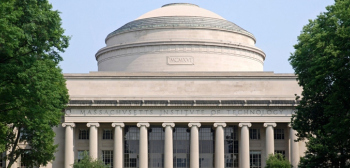
2020年的美国顶尖大学
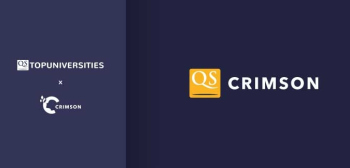
关于QSCrimson

美国大学的无需求录取指南

纽约市的顶尖大学:哥伦比亚大学还是纽约大学?


